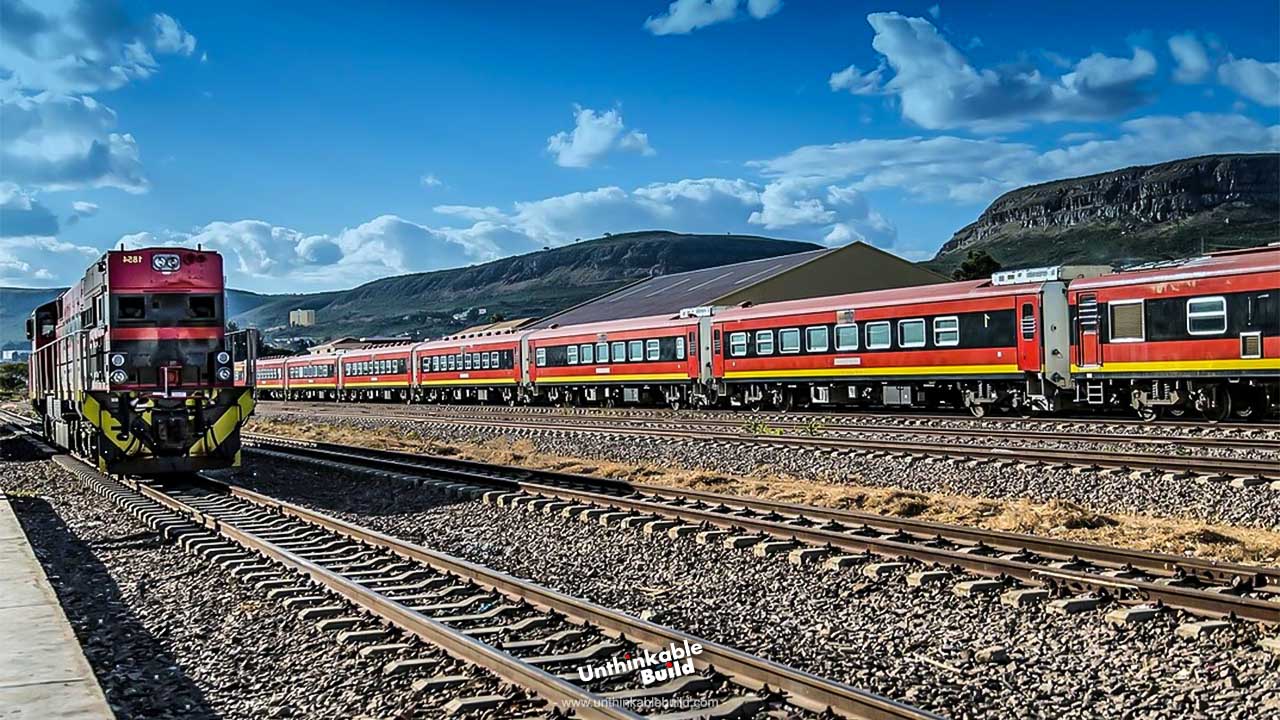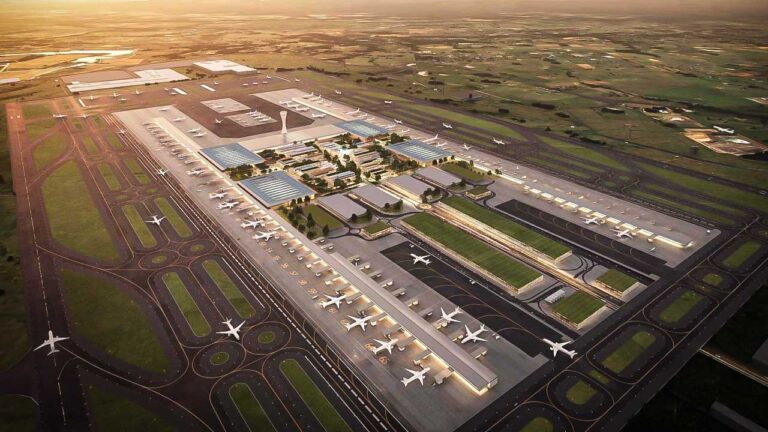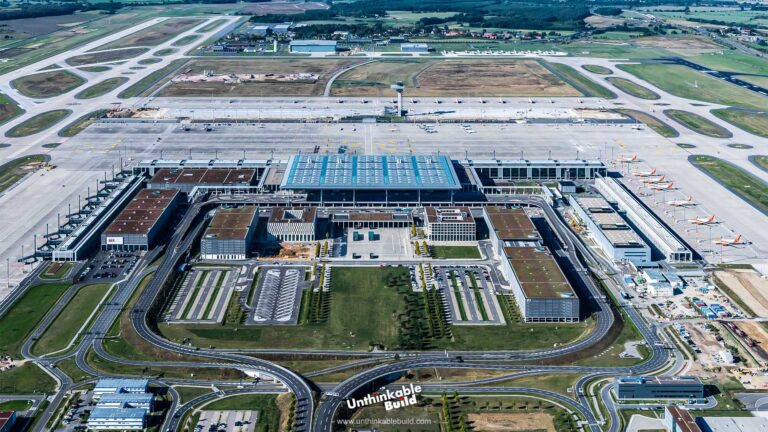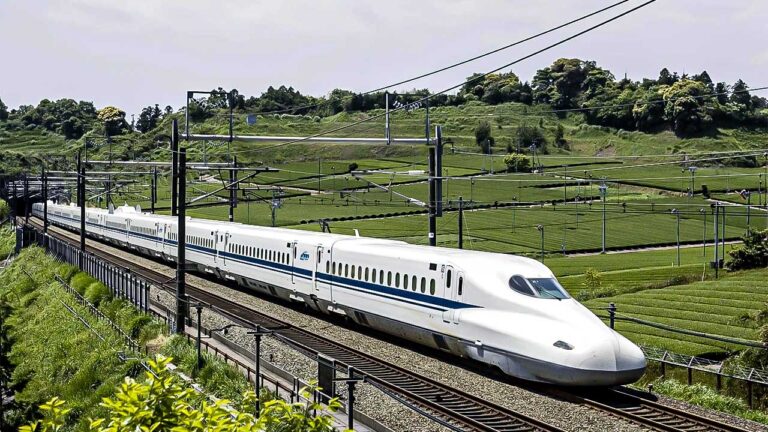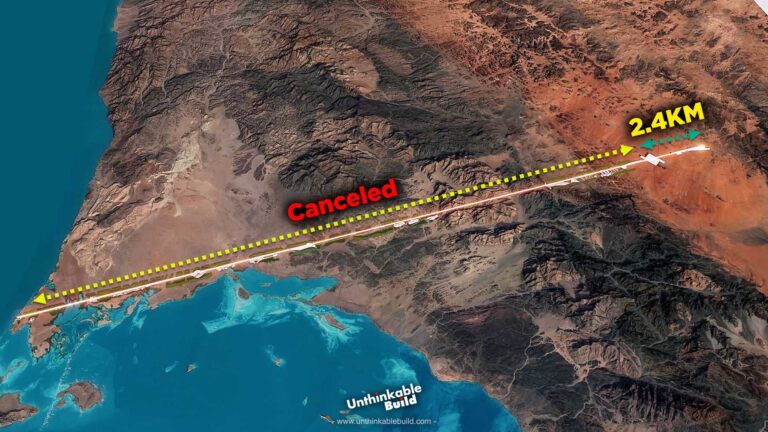Lobito Corridor: The U.S.’s Strategic Move Against China in Africa
The Belt and Road Initiative, launched by Chinese President Xi Jinping in 2013, has greatly influenced infrastructure development across Africa, aiming to expand China’s economic reach worldwide through infrastructure, trade and investment deals. Meanwhile, the United States has stepped up with few projects in Africa. The most notable is to rebuild Benguela Railway under Lobito Corridor. Experts see this project as the first significant American attempt to rival China’s growing influence in Africa.
The United States has pledged $250 million to support the Lobito Atlantic Railway Corridor. On top of that, the U.S. International Development Finance Corporation (DFC) is stepping in with a $10 million loan for Seba Foods Zambia Ltd. This marks the first U.S. investment in food and agriculture along the Lobito Corridor. The loan will help Seba Foods expand its food production and storage facilities, boosting the food value chain in Zambia and making a real difference in the region.
The Lobito Corridor was brought to life by a visionary British businessman Sir Robert Williams. He dreamed of connecting the rich mining and property assets in Zambia and the Democratic Republic of Congo to the Atlantic Ocean, making it easier to export these valuable resources to Europe and the United States. This ambitious corridor stretches about 1,300 kilometers from Lobito, Angola to Kolwezi in the DRC. This crucial link to the sea was made possible by the Benguela Railway, a project that Sir Williams passionately championed and developed between 1902 and 1929.
This railway line was severely damaged during Angola’s civil war, leaving the country with a huge rebuilding task once the conflict ended. In 2006, Angola struck a $2 billion deal with a group of Chinese companies to help reconstruct the railway, a crucial part of its infrastructure.
However, the project didn’t go as smoothly as hoped. Poor construction and maintenance led to numerous problems. Stations fell into disrepair, safety systems malfunctioned, servers went offline, and train derailments became all too common. Despite the significant investment, the railway struggled to operate effectively, showing just how challenging it can be to rebuild after a devastating war.
Also Read: Why a Europe-Africa Transport Link Remains Impossible?
Recently, Angola decided not to go with the Chinese government’s proposal to renovate and manage the neglected Benguela Railway. Instead, they chose to award a 30-year concession for the Lobito Corridor to a consortium called Lobito Atlantic Railway. This group includes Swiss commodities trader Trafigura, Portuguese construction firm Mota-Engil, and Belgian railway operator Vecturis. Together, they are now taking on the task of managing and modernizing the Lobito railway.
The project has attracted financial support from the US government and the European Union. There are also exciting plans to extend the railway all the way to Tanzania and the Indian Ocean, further enhancing its strategic importance and connectivity.
The $1.7 billion project is set to breathe new life into the Lobito Atlantic Railway Corridor. It will repair and modernize the train tracks and stations, add over 1,550 new wagons, 30 locomotives and offer training for train operators to ensure smooth and safe operations. Beyond these upgrades, the project will help participating countries gain better access to vital raw materials in the region like Nickel, Cobalt and Lithium. This is especially important for countries looking to advance their green energy goals and promote sustainable development.
China lent more than $160 billion to African governments from 2000 to 2022, with Angola receiving the biggest share. Chinese investments have transformed Angola with new roads, railways, sprawling suburbs and football stadiums. However, these projects have not been without controversy. Critics around the globe have raised concerns about the quality of construction, its environmental impact, and whether these projects are sustainable in the long run. Moreover, the large Chinese loans have left some of these countries grappling with significant debt, complicating their financial stability and future prospects.
Recently, Chinese investments in Africa have seen a significant drop. Experts think this is because China is re-evaluating its approach, as the returns on its projects haven’t been as high as expected, making China more cautious about future investments in the continent.
Still, the Lobito Railway Project might turn out to be a valuable asset for China. The corridor is likely to continue playing a key role in the export of important minerals like nickel and cobalt to China. While overall investment levels might be down, China is still likely to benefit from the strategic importance of the Lobito Corridor and its role in the mineral supply chain.
However, the shift in Chinese strategy has opened up a chance for the United States to get more involved in Africa. The U.S. is not just looking to challenge China’s influence in the region, but also wants to secure key resources like rare minerals that are crucial for advancing future technologies.
Also Read: World’s Largest Artificial Rivers Under Construction in 2024
The U.S. government has also been stepping up its engagement with Africa to strengthen commercial ties. US President Joe Biden has made a significant commitment, pledging $55 billion in investments over the next three years, underscoring a serious dedication to Africa’s growth and development.
Trade and investment between the U.S. and Africa have also experienced a notable boost. The U.S. has facilitated 547 new deals valued at around $14.2 billion, strengthening economic connections between the US and Africa. The International Development Finance Corporation (DFC) has invested over $2 billion in 46 projects across Africa, focusing on areas such as infrastructure, job creation, health, and critical minerals. Additionally, the U.S. Trade and Development Agency (USTDA) has provided grants to support $3.4 billion in infrastructure funding, while the U.S. Department of Commerce has helped facilitate nearly $3.6 billion in exports to Africa, with a focus on digital technology, clean energy, creative industries, and climate-smart agriculture.
Beyond these efforts, the U.S. is also funding solar energy and other infrastructure projects in Angola, including the Lobito Corridor Project. However, despite these investments, U.S. contributions to the region remain modest compared to the substantial support provided by the Chinese government over the past 20 years.
Chinese investment in Africa is both widespread and impactful, involving over 2,000 companies across various sectors. China plays a significant role in natural resource extraction, from oil to mining, and also invests heavily in infrastructure projects like roads, railways, and ports. Their manufacturing presence helps create local jobs and boost industry, while their work in telecommunications improves mobile networks and internet access. In agriculture, Chinese initiatives focus on agribusiness and sustainable practices, contributing to the sector’s growth and development.
The United States is exploring the potential of the Lobito Atlantic Railway by funding research into its feasibility. There’s a chance that this research could lead to U.S. invest for the project down the line, which might help bring the ambitious vision to life.

